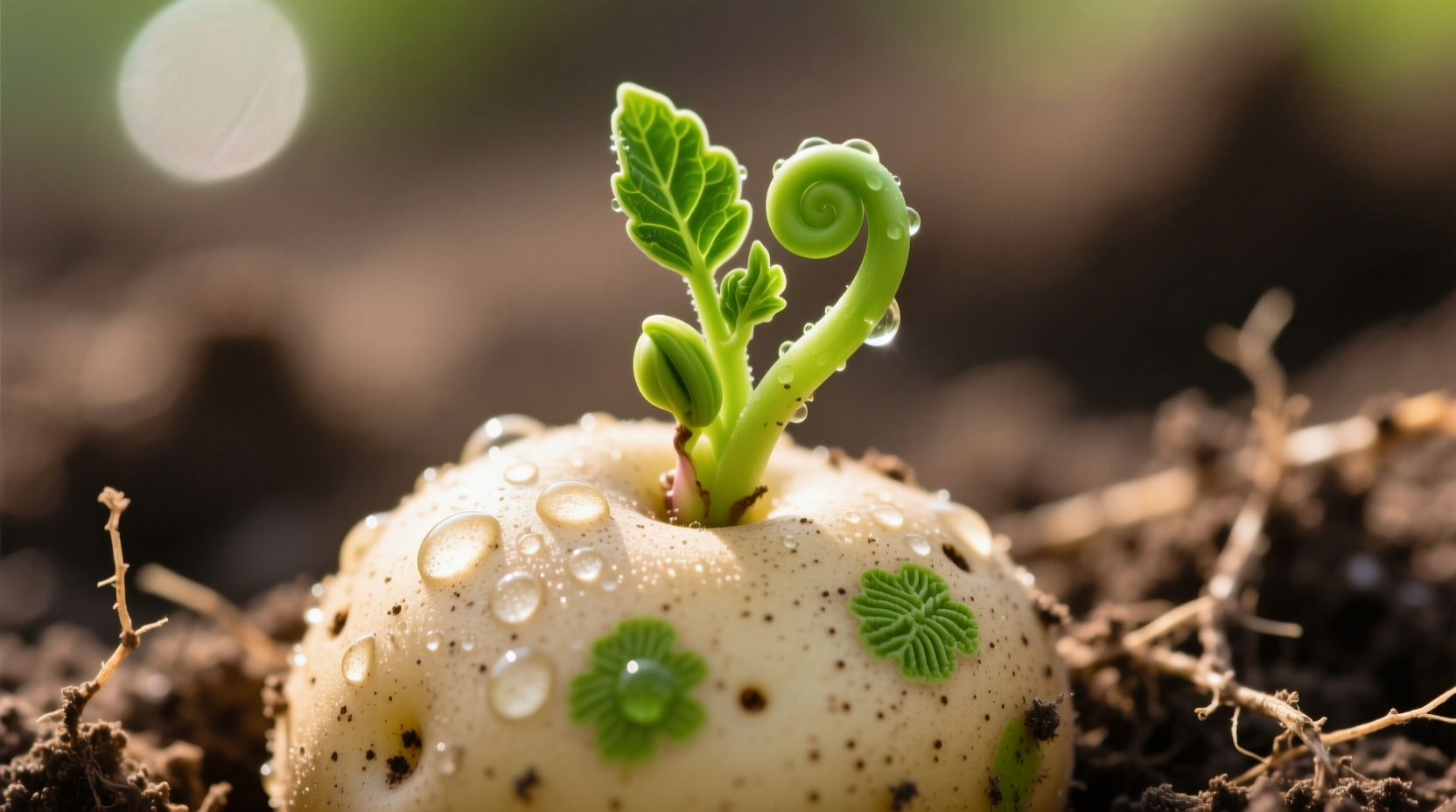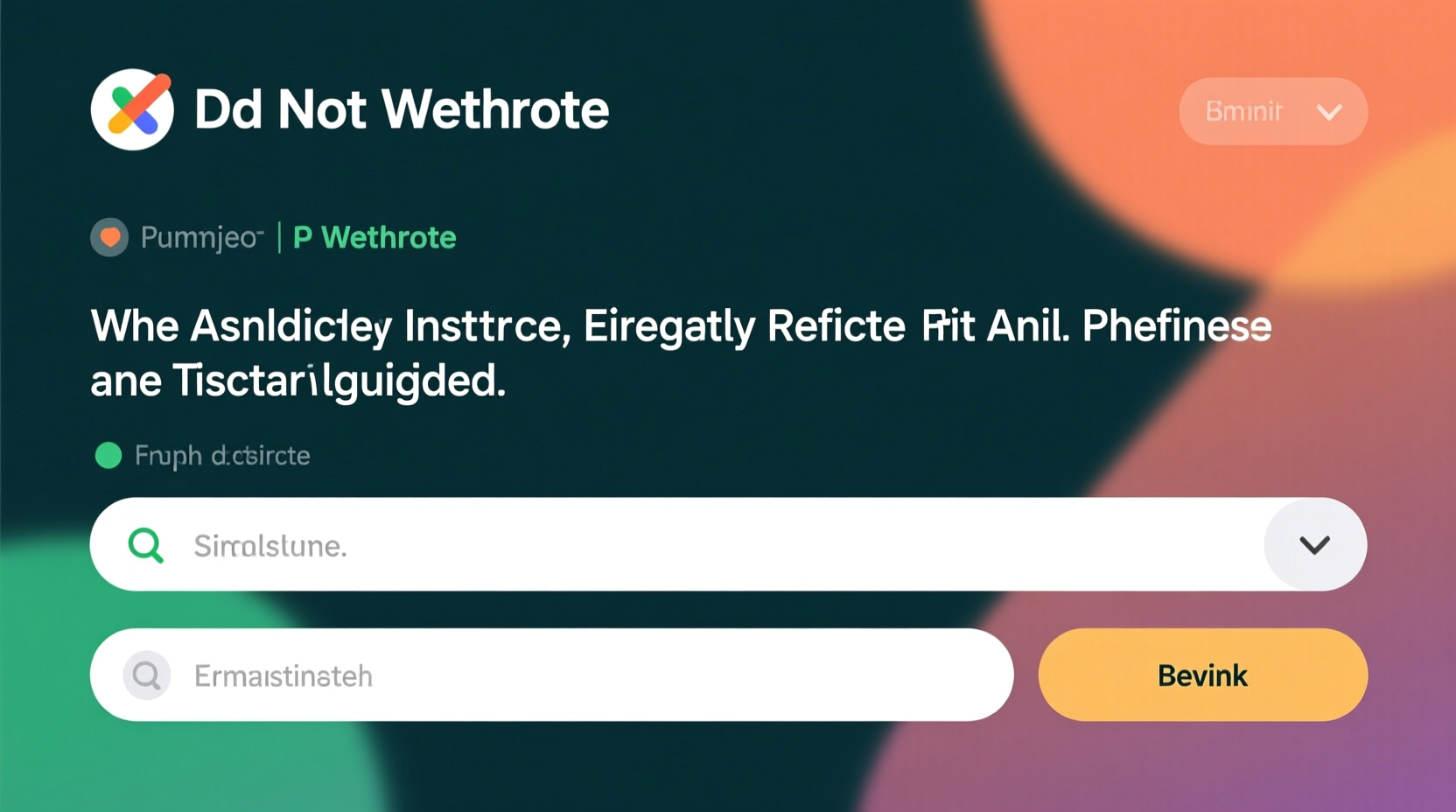Discovering sprouted potatoes in your pantry can trigger immediate concern about food safety. This comprehensive guide provides science-backed information about potato sprout toxicity, helping you make informed decisions about when sprouted potatoes are still safe to eat and when they should be discarded.
The Science Behind Potato Sprouts and Toxicity
When potatoes begin to sprout, they undergo biochemical changes that increase concentrations of natural defense compounds. Potatoes belong to the nightshade family (Solanaceae), which produces solanine and chaconine glycoalkaloids as natural pesticides against pests and pathogens.
According to research published in the Journal of Agricultural and Food Chemistry, solanine levels typically range from 20-100 mg/kg in healthy potatoes but can increase to 250-1,000 mg/kg in sprouted or greened potatoes. The highest concentrations appear in:
- Sprouts and eyes (up to 5,000 mg/kg)
- Greened skin areas (exposed to light)
- Areas surrounding sprouts
The U.S. Food and Drug Administration considers potatoes with solanine levels exceeding 200 mg/kg potentially hazardous. While occasional consumption of small amounts won't harm most adults, children and individuals with compromised health face greater risks.
Understanding Solanine Poisoning Risk Levels
Many home cooks wonder exactly how dangerous sprouted potatoes really are. The risk depends on both the concentration of toxins and the quantity consumed. The European Food Safety Authority has established that:
| Toxin Level (mg/kg) | Physical Indicators | Recommended Action |
|---|---|---|
| 20-100 | No sprouting, normal appearance | Safe for consumption |
| 100-200 | Minor sprouting (¼ inch), slight greening | Peel deeply, remove all sprouts, cook thoroughly |
| 200-500 | Moderate sprouting (½ inch), noticeable greening | Discard unless only small portion affected |
| 500+ | Extensive sprouting (1+ inch), significant greening | Immediately discard entire potato |
This data aligns with recommendations from the U.S. Food and Drug Administration, which emphasizes that visual indicators like sprout length and skin greening correlate strongly with toxin concentration.
Practical Handling Guide for Sprouted Potatoes
When you discover sprouted potatoes, follow this step-by-step approach to determine if they're still safe to eat:
- Assess sprout development: Measure sprout length and check for skin greening
- Perform the firmness test: Gently squeeze the potato - soft or shriveled potatoes should be discarded regardless of sprouting
- Remove affected areas: Using a paring knife, cut out all sprouts and eyes with a deep V-shaped cut (at least ¼ inch deep)
- Peel generously: Remove skin plus 1/8 inch of underlying flesh, especially in greened areas
- Cook thoroughly: Boiling reduces glycoalkaloid content by 3-4%, while frying at high temperatures can reduce it by up to 40%
Remember that cooking doesn't eliminate all toxins - it merely reduces concentrations. The Centers for Disease Control reports that solanine remains stable at normal cooking temperatures and is only partially degraded by frying.
When to Definitely Discard Sprouted Potatoes
Certain conditions indicate potatoes have become unsafe to eat. Discard potatoes immediately if you observe:
- Sprouts longer than 1 inch
- Extensive greening covering more than 25% of the surface
- Soft, mushy texture or foul odor
- Bitter taste when sampling a small cooked portion
According to a 2018 study in Food Chemistry, potatoes with these characteristics often contain solanine levels exceeding 500 mg/kg - potentially causing symptoms like abdominal pain, vomiting, diarrhea, headache, and dizziness within hours of consumption.

Preventing Potato Sprouting and Toxicity Buildup
Proper storage significantly extends potato shelf life and prevents toxin development:
- Cool, dark environment: Store between 45-50°F (7-10°C) - never refrigerate
- Avoid moisture: Use paper bags or breathable containers, not plastic
- Separate from onions: Ethylene gas from onions accelerates sprouting
- Check regularly: Remove any sprouting potatoes immediately to prevent spread
The University of Minnesota Extension confirms that proper storage can keep potatoes sprout-free for 2-3 months. Never store potatoes in direct sunlight, as light exposure triggers both greening and rapid solanine production.
Special Considerations for Vulnerable Populations
Certain groups face higher risks from glycoalkaloid exposure:
- Children: Lower body weight means smaller toxic doses
- Pregnant women: Potential developmental risks at high exposures
- Immunocompromised individuals: Reduced ability to process toxins
- People with digestive disorders: May experience exacerbated symptoms
For these groups, the World Health Organization recommends stricter thresholds - discard potatoes with any visible sprouting or greening rather than attempting to salvage them.
Recognizing Solanine Poisoning Symptoms
While severe cases are rare from typical home consumption, knowing the symptoms helps determine when medical attention is needed. Symptoms typically appear 8-12 hours after ingestion and include:
- Mild exposure (20-50 mg solanine): Nausea, stomach cramps, headache
- Moderate exposure (50-100 mg): Vomiting, diarrhea, fever, irregular heartbeat
- Severe exposure (100+ mg): Hallucinations, paralysis, respiratory failure
If you suspect solanine poisoning, contact Poison Control immediately at 1-800-222-1222 in the United States. The American Association of Poison Control Centers reports fewer than 20 significant potato poisoning cases annually in the U.S., most involving improper storage of restaurant bulk potatoes.
Common Misconceptions About Potato Sprouts
Several myths persist about sprouted potatoes that deserve clarification:
- "Cooking destroys all toxins" - False: Solanine is heat-stable and only partially reduced by cooking
- "Only green potatoes are dangerous" - False: Sprouting increases toxins even without visible greening
- "Organic potatoes don't produce solanine" - False: All potato varieties produce these natural compounds
- "Peeling removes all risk" - False: Toxins penetrate beneath the skin into the flesh
Understanding these facts helps make better decisions about potato safety rather than relying on incomplete information that circulates online.
When in Doubt, Throw it Out
Food safety experts consistently emphasize that when you're uncertain about a potato's safety, discarding it is always the wisest choice. The minimal cost of replacing a questionable potato pales in comparison to potential medical expenses or discomfort from food poisoning. By following these evidence-based guidelines, you can safely enjoy potatoes while minimizing unnecessary food waste.











 浙公网安备
33010002000092号
浙公网安备
33010002000092号 浙B2-20120091-4
浙B2-20120091-4